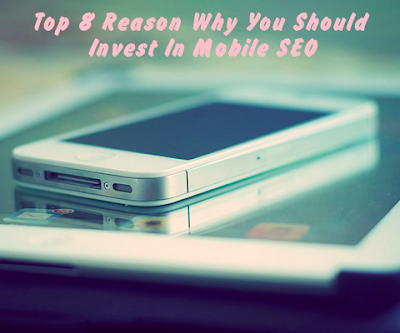In this world of web revolution where hundreds of
thousands sites are created everyday and the search engines are bustling with
them, it is necessary to make sure that your website appears first on the
search result page. Want to make it easier for search engine to understand
what your website should rank for? If yes, you are about to learn the secret of
making your website keyword targeted.
Some of the On-page techniques which will help
you gain rankings and grow as a business are listed below.
Optimizing your keyword list
The first & foremost rule is not to stuff your site
with keywords. You can use keywords for important on-page elements like the
heading, page title, image alt tag and also throughout the page but do not use
them excessively. The major concept is to use keywords wisely so that they
appear at the appropriate place. Use keywords which are most relevant and used
according to your site. The volume of organic traffic you will gain depends on
the kind of keywords you have selected.
URL Structuring/ Re-structuring
Search engine friendly URL id highly recommended
as it provides better crawling. A short and descriptive URL help search engine
to crawl your page easily. You should categorize all your pages with distinct
and unique URL so that all your pages get indexed by the search engine. Your
right URL can give you the visibility you always craved for your website.
Optimizing Page titles
A title tag should always be used in
order to get your page displayed on internet. An optimized title tag tell the
spiders and search engine bots about the information available on the page.
Your title tag should be short, crisp and descriptive not exceeding the limit
prescribed by different search engines. Always use your keywords towards the start
of the title to get more importance from search engine while ranking in search
engine result pages.
Heading Tag Optimization
Heading tags are important to make the search engines understand
about the subject matter of the page. Get the most important heading in the
<H1> tag, next heading in the <H2> and so on. Heading tags convey
the search engines about the importance of content on the webpage. Choose your
heading tags properly to improvise the visibility of the website to both your
visitors and search engines.
Alt Tag
Even after giving proper heading tag for all your images
your images might not get visibility over the internet. Add keywords in the
image alt tags and file name so that search engine can easily crawl your images
and show them to your visitors. Adding alt tags to your images will ensure that
all your images are displayed whenever a user enters the keywords mentioned in
that.
Link-Building
You should always go for quality links from reputed
websites. Google always prefers links from different sites as a ranking
parameter. More inbound quality links you will get for your page, better it
will be for your site ranking. You should ensure that your inbound links are growing
in numbers and are coming from reputed sites.
Website Speed
Website loading time is also a significant factor in
ranking your site by the search engines. Your visitors get annoyed if your
website takes a lot of time for loading. Make sure that your site gets loaded
quickly so that your visitors do not switch to your competitor. Do not use lot
of images, clunky coding, many plugins as these are really detrimental for your
website speed. Ensuring a high speed website will attract both searchers and
search engines.
Mobile-Friendly
With the increase in smartphones and internet, more than
40% of your visitors are visiting your website from mobile. Your website should
be mobile-friendly so that search engine can rank your website higher. Creating
a mobile
responsive website will help you gain both better ranking and more web
traffic. With the world going mobi-way, you will have to ensure that your site
is present and searched on mobile.
These 8 techniques are just some of the ways that you can
improve your on-page SEO. Any one used independently of the others won’t make
much difference to your site ranking, however when used together, they can help
to improve your site traffic.
They will help to
get your pages working better, they will help to get your entire site
crawled by search engine spiders, they will help increase the value of
internal pages and they will build the relevancy of internal pages to specific
keyword phrases.
So, it pays to
spend some time implementing these to improve your site! Please leave your
comments below & feel free to ask any questions












